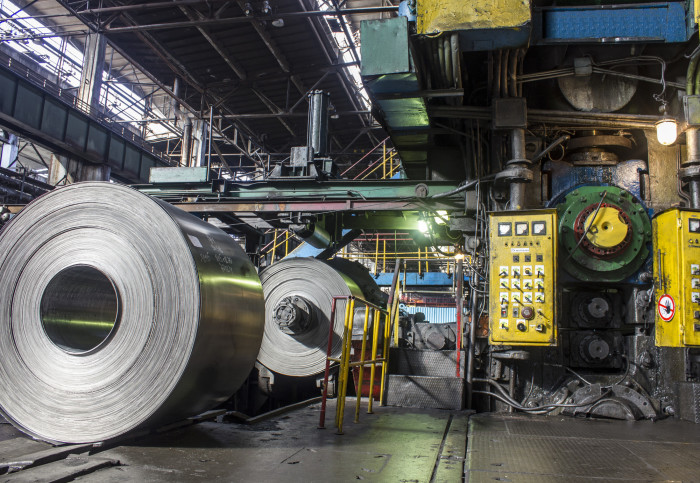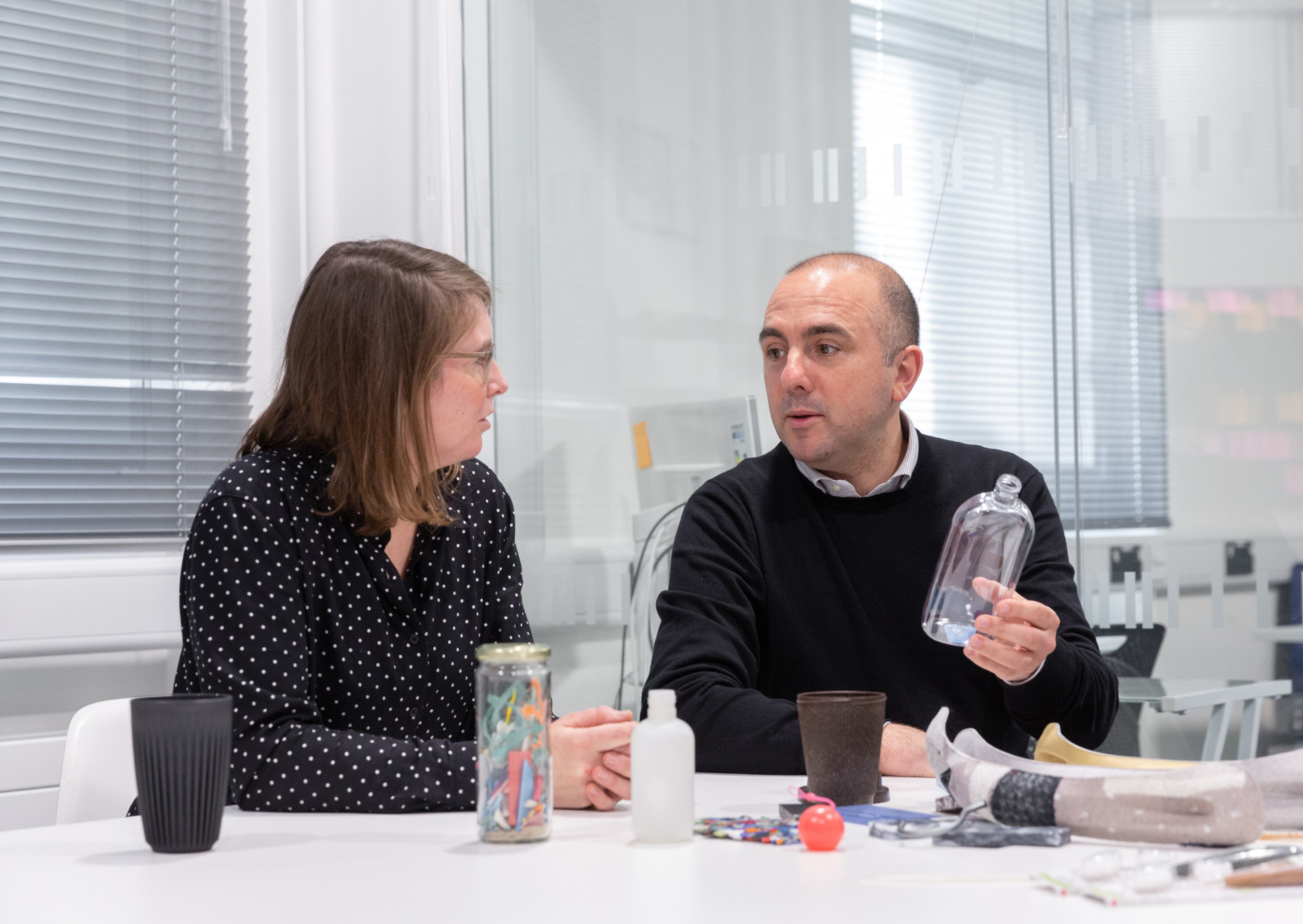
Coiled steel, ready for use in manufacturing

A daring idea that could transform manufacturing has caught the eye of the influential Word Economic Forum.
Dr Marco Aurisicchio and Dr Anouk Zeeuw van der Laan in the Dyson School of Design Engineering have been working on an idea that could change the way industry operates. It takes an approach we all know, car leasing for instance, and extends it to semi-finished goods or even raw materials. So, instead of buying steel to make a car, what if the manufacturer only paid to use the steel for as long as the car was on the road?
“It’s a radically different way of thinking about how we organise our economy and, fundamentally, the meaning of ownership,” Dr Aurisicchio says. “It would shift us towards a different way of thinking about what we use.”
They explore this idea in a blog for the World Economic Forum, the high-profile business organisation whose meetings each year in Davos attract the world’s political and business elite. The blog was written in collaboration with Dr Graham Aid and Lars Nybom of the European environmental services and recycling company Ragn-Sells, with whom Dr Aurisicchio and Dr Zeeuw van der Laan have been collaborating on case studies in this area.
Access all areas
The idea that you pay to use something rather than to own it is called an access-based business model. Car leasing and ride-sharing are the most familiar consumer examples, while in the business world it is common to lease items such as heavy machinery, or office furniture and lighting. Working this way already has environmental advantages, since incentives to reduce consumption and return goods for reuse and recycling are built in.
“It’s a radically different way of thinking about how we organise our economy.” Dr Marco Aurisicchio Dyson School of Design Engineering
But these examples only involve finished products. Dr Aurisicchio is interested in extending this approach to the components or raw materials that go into them.
“For example, a supplier might lease stainless steel sheets to a car manufacturer, to form the tubes for a chassis,” he explains. “Rather than owning the sheets, the car manufacturer would be charged to access the volume of material transformed into car chassis for an agreed period of time. At the end of this period, the car would be taken apart to allow the material supplier to retrieve the components and recycle the materials.”

Sustainability built-in
This has several consequences for the environment. The materials suppliers retain ownership of the semi-finished goods, so they have an incentive to offer materials that are more efficient, durable and easier to recover at the end of a product’s life. Meanwhile, a commitment to return these materials will motivate product manufacturers to redesign their goods so that they last for longer, contain the least number of materials, and are easy to take apart. This will also make them easier to repair, and enhance the purity of recycled materials.
“All of a sudden, things like design for disassembly are no longer just an option for a manufacturer, they become essential,” Dr Zeeuw van der Laan says. “At the same time, if you want to have high utility as a materials supplier, you will have to invest a lot in the recyclability of that material.”
“Design for disassembly is no longer just an option for a manufacturer, it is essential.” Dr Anouk Zeeuw van der Laan Dyson School of Design Engineering
Manufacturers will also have to anticipate the moment when their products become obsolete. Infrastructure will be required to intercept, separate, sort and recover the materials they contain, in order to fulfil contractual obligations to return them to the suppliers. Techniques that make materials digitally traceable will be particularly important.
The access model could also be extended to take in the raw materials that go into semi-finished goods. In that case, a mining company might sell the right to use and process iron ore to a steel producer, without giving up ownership of the material. Or a nation state might sell the right to mine and trade ore, again retaining ownership. The iron would eventually return to the mining company or the state in its original or processed form.
To find out more, read the World Economic Forum blog What is an access-based business model and how can it tackle waste and protect resources?
Picture: Alexander_Fagaulin/Getty Images
Article text (excluding photos or graphics) © Imperial College London.
Photos and graphics subject to third party copyright used with permission or © Imperial College London.
Reporter
Ian Mundell
Enterprise



